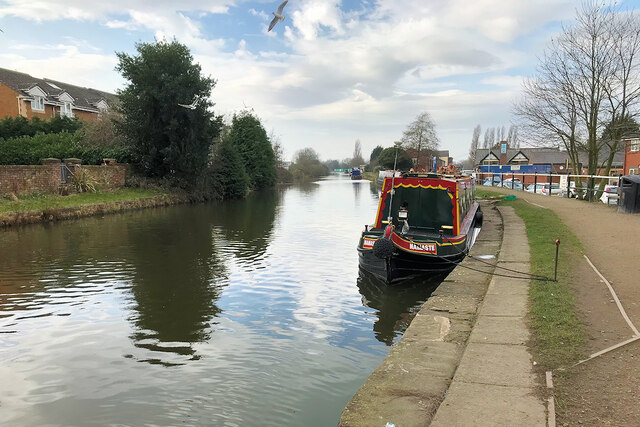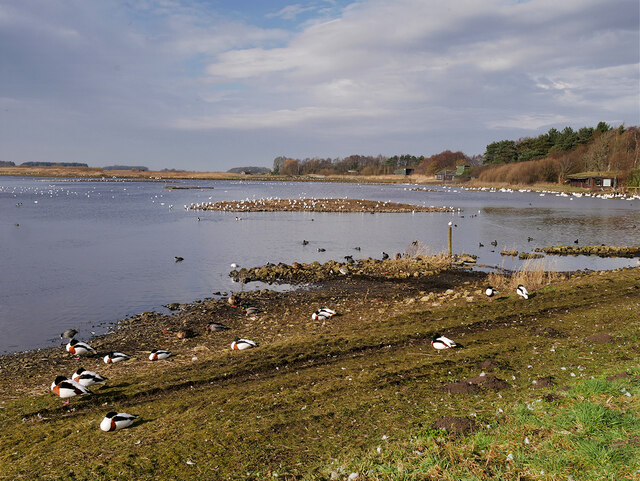Marsh Moss
Downs, Moorland in Lancashire West Lancashire
England
Marsh Moss

Marsh Moss is a picturesque area located in the county of Lancashire, England. It is known for its diverse landscape, consisting of marshes, downs, and moorland. Covering an expansive area, Marsh Moss offers visitors a unique blend of natural beauty and tranquility.
The marshes of Marsh Moss are characterized by their wetland vegetation, including reeds, rushes, and sedges. These marshes are home to a variety of bird species, such as herons, lapwings, and curlews, making it a popular destination for birdwatchers. The marshes also provide an important habitat for various amphibians and insects.
As visitors venture further into Marsh Moss, they will discover the rolling downs that dominate the landscape. These grassy hills offer stunning panoramic views of the surrounding countryside. Many visitors choose to hike or cycle along the well-maintained trails that crisscross the downs, taking in the fresh air and enjoying the peacefulness of the area.
At the heart of Marsh Moss lies its moorland, characterized by vast expanses of heather and gorse. This rugged terrain is home to a variety of wildlife, including red grouse, hares, and adders. The moorland is also dotted with ancient stone formations, adding an element of mystery and history to the landscape.
In addition to its natural beauty, Marsh Moss offers visitors a range of recreational activities. Fishing enthusiasts can enjoy angling in the area's rivers and lakes, while nature lovers can participate in guided walks and educational programs organized by local conservation groups.
Overall, Marsh Moss, Lancashire, offers a diverse and captivating landscape, showcasing the beauty of marshes, downs, and moorland. It is a haven for wildlife and a perfect destination for those seeking a peaceful and immersive experience in nature.
If you have any feedback on the listing, please let us know in the comments section below.
Marsh Moss Images
Images are sourced within 2km of 53.614549/-2.85606 or Grid Reference SD4313. Thanks to Geograph Open Source API. All images are credited.














Marsh Moss is located at Grid Ref: SD4313 (Lat: 53.614549, Lng: -2.85606)
Administrative County: Lancashire
District: West Lancashire
Police Authority: Lancashire
What 3 Words
///jelly.variety.picturing. Near Burscough, Lancashire
Nearby Locations
Related Wikis
Tarlscough
Tarlscough () is a hamlet in the West Lancashire district, in the English county of Lancashire. It is roughly 1+3⁄4 miles (2.8 km) (by road) north of the...
New Lane railway station
New Lane railway station serves the town of Burscough in West Lancashire, in England. It is served and managed by Northern Trains and is situated near...
Martin Mere
Martin Mere is a mere near Burscough, in Lancashire, England, on the West Lancashire Coastal Plain. The mere is a vast marsh, around grid reference SD...
WWT Martin Mere
WWT Martin Mere is a wetland nature reserve and wildfowl collection managed by the Wildfowl and Wetlands Trust at Tarlscough, Burscough, Lancashire, England...
Formby F.C.
Formby Football Club is an English football club based in Formby, Merseyside. They played in the Liverpool County Premier League Division One for the 2022...
Burscough F.C.
Burscough Football Club is an English football club based in Burscough, Lancashire. The club is a member of the North West Counties League, and competes...
Burscough Bridge railway station
Burscough Bridge railway station (pronounced Burs/co Bridge) is one of two railway stations which serves the town of Burscough in Lancashire, England....
Burscough Methodist Church
Burscough Methodist Church, formally Wesleyan Chapel at Burscough Bridge, is situated in Burscough and is part of the Lancashire West Methodist Circuit...
Nearby Amenities
Located within 500m of 53.614549,-2.85606Have you been to Marsh Moss?
Leave your review of Marsh Moss below (or comments, questions and feedback).





